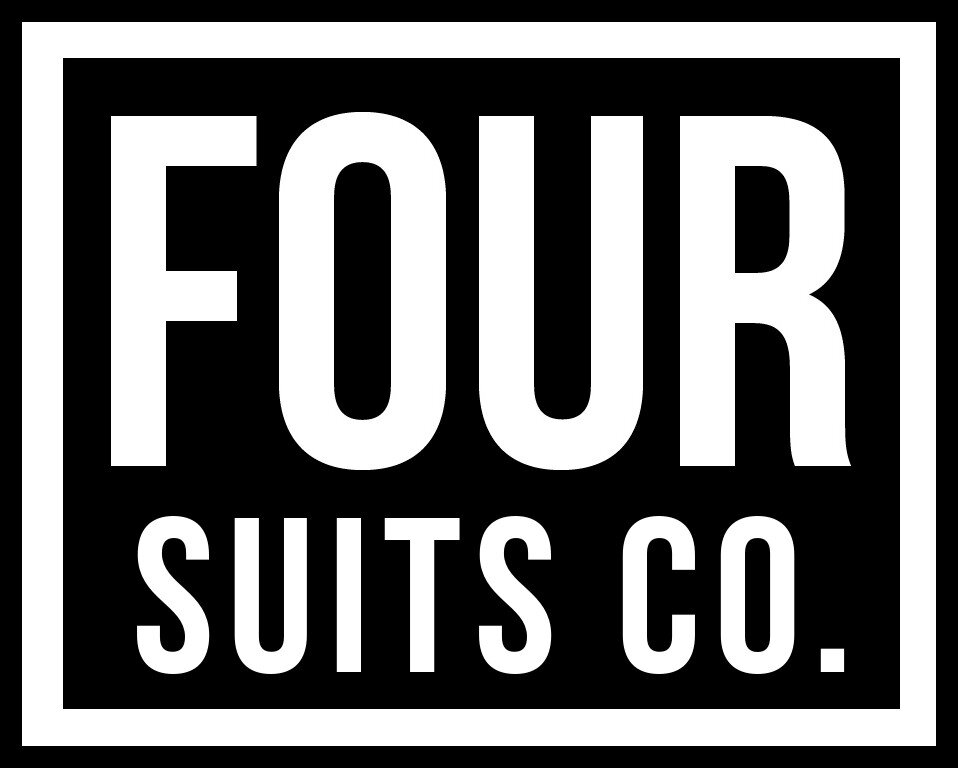Hey all, pretty card-magician-centric post here…
But y’all, I think I’ve achieved mastery level on the top change. My methodology is a bit different on it than the norm, but I think I’m there. Now, the exact methodology is kind of irrelevant here, because what I’m interested in is HOW I got to this point. The idea being that mastery level is possible with any set of skills, but it’s the pathway there that sometimes leads one astray.
Years ago, I had a shit top change. Goes without saying, when you first start playing with the move, it’s tough. It’s not quite as easy to mask as a DL, not quite as challenging as a palm, but it’s almost somewhere in between. If there’s HEAT, and they’re burning you, you’ve gotta find a way around it. I finally came up with a satisfactory system.
I don’t think if I spent a thousand hours on it in my room I would’ve achieved this level. I also don’t think if I performed this a thousand hours without being conscientious on manners to improve it, that I would be successful. What I did was incorporate it into as many routines as possible within my regular set, so that every routine had a piece of top change structure within it. Then I would combine those results into a perfected top change structure. It had to be live tested to end up where it is today.
This might boil down to practice = better, but there’s more to it than that. It’s the knowing inclusion of the nature of the sleight into every routine possible to gather as much information as possible to speed up the results.
I’ve been scared shitless of palms ever since I’ve started. I guess it’s time to apply this strategy to those now.
— J.R.

